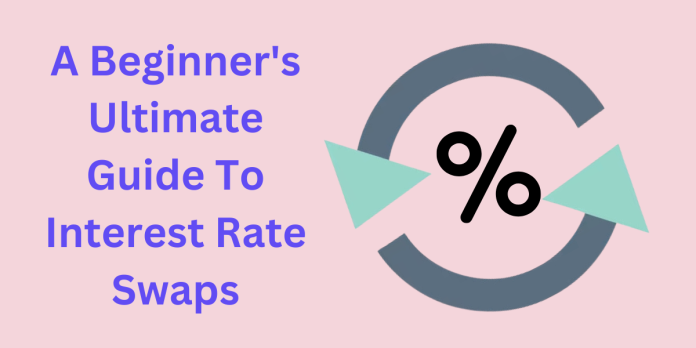The world of finance can be a complex and daunting one, filled with seemingly obscure terms and intricate mechanisms. One such instrument that often raises eyebrows is the swap. But amidst the jargon, lies a valuable tool for managing risk and achieving financial goals. Let’s delve into the world of swaps, focusing on their most popular type – interest rate swaps (IRS).
What are Swaps?
Swaps are derivative contracts, essentially agreements between two parties to exchange one stream of cash flows for another. Imagine a playground bartering system, where kids swap their favorite snacks for ones they crave more. In the financial world, swaps involve exchanging cash flows based on factors like interest rates, currencies, or even commodities.
Interest Rate Swaps: The Big Picture
An IRS is a specific type of swap where two parties agree to exchange interest payments on a notional principal amount (the amount on which interest is calculated, not actually exchanged). One party agrees to pay a fixed interest rate, while the other agrees to pay a floating rate, often based on a benchmark like LIBOR. This essentially allows them to “swap” their interest rate exposure.
How Does it Work?
Say Company A has a loan with a fixed interest rate of 5%, but anticipates rising interest rates. Meanwhile, Company B has a loan with a floating rate, but prefers the stability of a fixed rate. An IRS can be the perfect solution.
- Company A agrees to pay Company B a fixed rate of 5% on the notional principal.
- Company B agrees to pay Company A a floating rate based on LIBOR, say 3%.
Essentially, Company A “pays” the difference of 2% to Company B. This way, Company A protects itself from rising rates, while Company B benefits from a stable fixed rate.
Significance of Interest Rate Swaps
IRSs play a crucial role in today’s financial landscape, offering numerous benefits:
- Risk Management: They help mitigate interest rate risk, protecting borrowers and lenders from adverse fluctuations.
- Hedging: Companies can use IRSs to hedge other financial instruments or portfolios, minimizing overall risk.
- Speculation: IRSs can also be used by investors to speculate on interest rate movements, potentially earning significant profits.
- Liquidity: IRSs are highly liquid financial instruments, allowing for easy entry and exit.
Hypothetical Example
Company A has issued $10 million in two-year bonds, featuring a variable interest rate linked to the London Interbank Offered Rate (LIBOR) plus 1%. Currently, with LIBOR at 2%, the company, concerned about potential interest rate hikes, enters into an agreement with Company B.
Under this arrangement, Company B commits to paying Company A the annual LIBOR rate plus 1% for the next two years on a notional principal of $10 million. In return, Company A agrees to pay Company B a fixed rate of 4% on a notional value of $10 million over the same period. This strategic move positions Company A to benefit if interest rates rise significantly, while Company B stands to gain if rates remain stable or decline.
Read: An Introduction to Call and Put Options
Are There Drawbacks?
As with any financial instrument, IRSs come with their own set of risks:
- Counterparty Risk: The possibility that one party fails to meet its obligations.
- Market Risk: Fluctuations in interest rates can lead to unexpected losses.
- Complexity: IRSs can be complex instruments, requiring careful consideration and expertise.
Swapping Your Way Forward
By understanding how IRSs work and their potential benefits, businesses and individuals can leverage this powerful financial tool to achieve their goals. Whether seeking to manage risk, hedge other investments, or speculate on interest rate movements, IRSs can be a valuable addition to any financial portfolio. However, it’s crucial to be aware of the risks involved and consult with a financial advisor before entering into any swap agreement.
So, the next time you hear the word “swap,” don’t be intimidated. Remember, it’s just a tool, waiting to be understood and used for your financial advantage.
Also Read: Mastering Derivative Swaps: Types and Practical Cases


